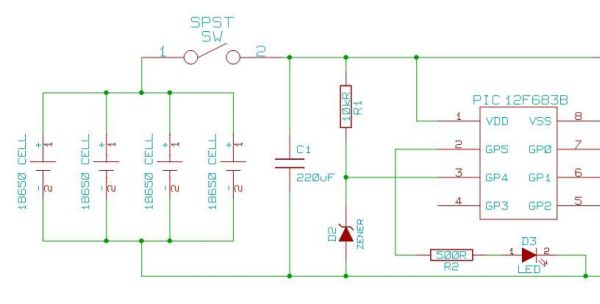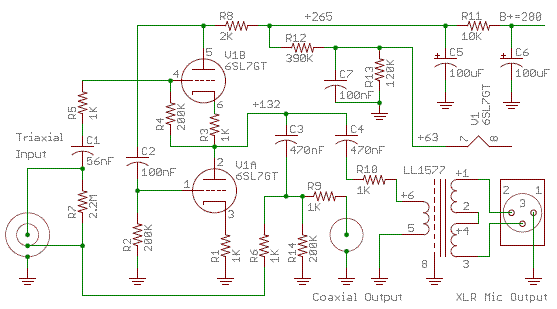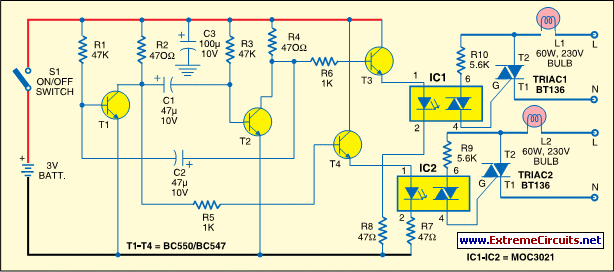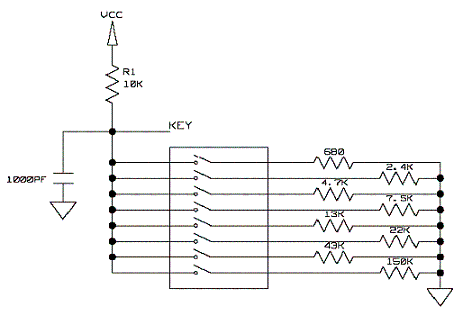
24-bit parallel port interface with 8255

If you are searching for the 8255 datasheet, click here. Another project describing the 8255 interface to PC is here.
The 8255 Programmable Peripheral Interface (PPI) is an integrated circuit designed to facilitate communication between the microprocessor and peripheral devices. It offers a versatile interface that allows for the connection of various input and output devices, making it essential for expanding the capabilities of microprocessor-based systems.
The 8255 PPI consists of three 8-bit ports (Port A, Port B, and Port C), which can be configured as input or output ports. The device operates in three different modes: Mode 0 (Basic Input/Output), Mode 1 (Strobed Input/Output), and Mode 2 (Bidirectional Bus). Each mode provides different functionalities to accommodate a variety of application requirements.
In Mode 0, all ports function as simple input or output ports. This mode is useful for basic data transfer applications where no additional control signals are needed. Mode 1 introduces handshaking signals, allowing for synchronized data transfer between the microprocessor and peripherals. This is particularly beneficial in scenarios where data integrity and timing are critical. Mode 2 allows for bidirectional data transfer on Port A, enabling more complex interactions with peripherals that require both input and output capabilities.
The 8255 PPI is controlled via a set of control signals and an address bus, which determines the configuration of the ports. The control word register is used to set the operational mode of the device and to configure each port individually. The device also includes read and write operations to facilitate data exchange with the microprocessor.
In terms of electrical specifications, the 8255 operates within a voltage range typically between 4.5V and 5.5V, making it compatible with standard TTL logic levels. It is packaged in various forms, including DIP and surface mount configurations, allowing for flexibility in design and integration into existing systems.
Overall, the 8255 PPI is a crucial component in many microprocessor-based applications, providing a reliable and efficient means of interfacing with a wide range of peripheral devices. Its programmability and versatility make it suitable for various tasks in automation, data acquisition, and control systems.If you are searching for the 8255 datasheet, click here. Another project describing the 8255 interface to PC is here. 🔗 External reference
The 8255 Programmable Peripheral Interface (PPI) is an integrated circuit designed to facilitate communication between the microprocessor and peripheral devices. It offers a versatile interface that allows for the connection of various input and output devices, making it essential for expanding the capabilities of microprocessor-based systems.
The 8255 PPI consists of three 8-bit ports (Port A, Port B, and Port C), which can be configured as input or output ports. The device operates in three different modes: Mode 0 (Basic Input/Output), Mode 1 (Strobed Input/Output), and Mode 2 (Bidirectional Bus). Each mode provides different functionalities to accommodate a variety of application requirements.
In Mode 0, all ports function as simple input or output ports. This mode is useful for basic data transfer applications where no additional control signals are needed. Mode 1 introduces handshaking signals, allowing for synchronized data transfer between the microprocessor and peripherals. This is particularly beneficial in scenarios where data integrity and timing are critical. Mode 2 allows for bidirectional data transfer on Port A, enabling more complex interactions with peripherals that require both input and output capabilities.
The 8255 PPI is controlled via a set of control signals and an address bus, which determines the configuration of the ports. The control word register is used to set the operational mode of the device and to configure each port individually. The device also includes read and write operations to facilitate data exchange with the microprocessor.
In terms of electrical specifications, the 8255 operates within a voltage range typically between 4.5V and 5.5V, making it compatible with standard TTL logic levels. It is packaged in various forms, including DIP and surface mount configurations, allowing for flexibility in design and integration into existing systems.
Overall, the 8255 PPI is a crucial component in many microprocessor-based applications, providing a reliable and efficient means of interfacing with a wide range of peripheral devices. Its programmability and versatility make it suitable for various tasks in automation, data acquisition, and control systems.If you are searching for the 8255 datasheet, click here. Another project describing the 8255 interface to PC is here. 🔗 External reference





